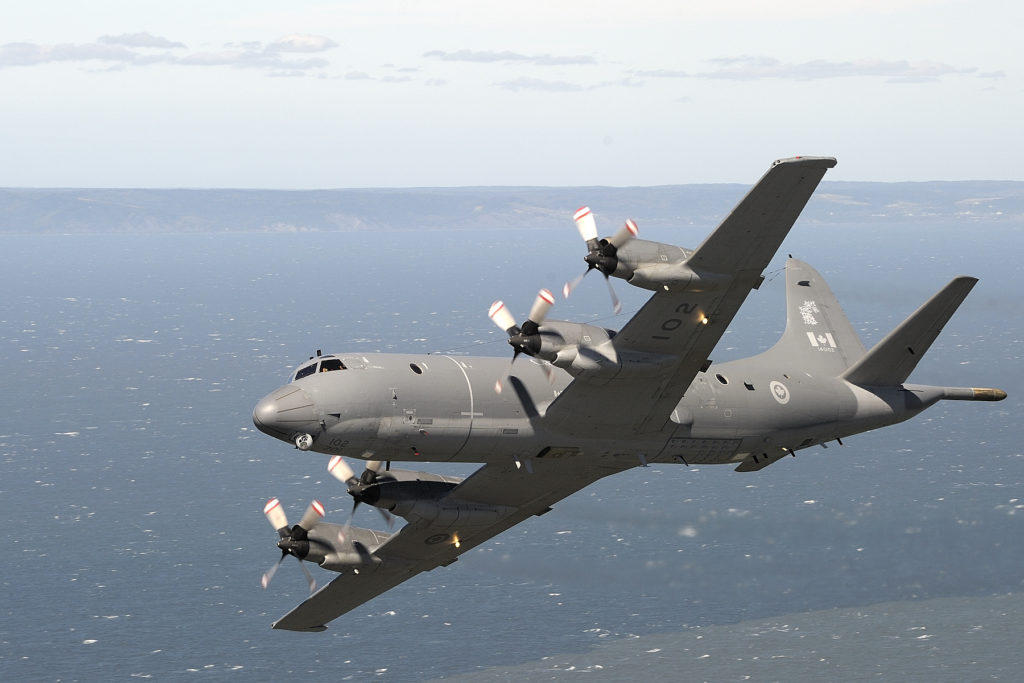Estimated reading time 3 minutes, 32 seconds.
Royal Canadian Air Force CF-188 Hornets and U.S. fighters are routinely tasked by North American Aerospace Defence Command (NORAD) to intercept Russian aircraft operating close to Canadian and U.S. airspace.

The latest incident occurred in early March when two Tupolev Tu-142 reconnaissance aircraft were met over the Beaufort Sea by RCAF Boeing CF-188s from Cold Lake, Alta., and USAF F-22 Raptors out of Elmendorf AFB in Alaska. They were supported by two larger Boeings, a USAF KC-135 Stratotanker and E-3 Sentry surveillance aircraft. Having waved their metaphorical flags, all returned to their respective bases without incident.
More recently, two CF-188s from 433 Tactical Fighter Squadron at RCAF 3 Wing in Bagotville, Que., and Lockheed Martin CP-140 Aurora maritime reconnaissance aircraft out of 14 Wing Greenwood, N.S., were involved in a more unusual intercept exercise off the East Coast. Also participating were the Royal Canadian Navy (RCN) frigate Ville de Quebec and the supply ship Asterix, both homeported in Halifax.
The unprecedented May 28 to 31 exercise was co-ordinated by U.S. Northern Command (USNORTHCOM) and also involved the U.S. Strategic, Space and Transportation Commands. Centred around the U.S. Navy Harry S. Truman aircraft carrier strike group and the RCN ships, the exercise was designed to test U.S. homeland defence against a supersonic Rockwell B-1B Lancer heavy bomber representing an enemy intruder.
U.S. aircraft included KC-135s for refuelling not only the Canadian fighters but also Boeing F-15 Eagles flown by the U.S. Air National Guard 104th Fighter Wing out of Barnes ANG Base in Westfield, Mass., and Boeing F/A-18 Super Hornets from Carrier Air Wing 1 at Oceana, Va.
The CP-140s, from 404, 405 and 415 Squadrons at Greenwood, conducted five overflights during the exercise as well as participating in an anti-submarine warfare (ASW) element.
The Ville de Quebec also participated in the ASW element as well as the Lancer intercept before returning to Halifax. The Asterix conducted several “replenishments at sea” exercises with other ships.
“This was an excellent advanced readiness opportunity for Canadian and American maritime forces,” RAdm Craig Baines, the RCN’s Commander Maritime Forces Atlantic, said in a statement. “The scenarios utilized during these events enable our mutual ability to operate in a multi-threat environment, in which co-ordination and integration are absolutely critical for our success in responding to any crisis in our waters or internationally.”
Operational details were scarce, with Canadian and U.S. officers saying only that the exercise took place in an area up to 160 kilometres offshore. However, Terrence O’Shaughnessy, the four-star USAF General who heads both USNORTHCOM and NORAD, said in a statement that the “complex high-end operations . . . allowed us to demonstrate and exercise critical homeland defense capabilities.”








